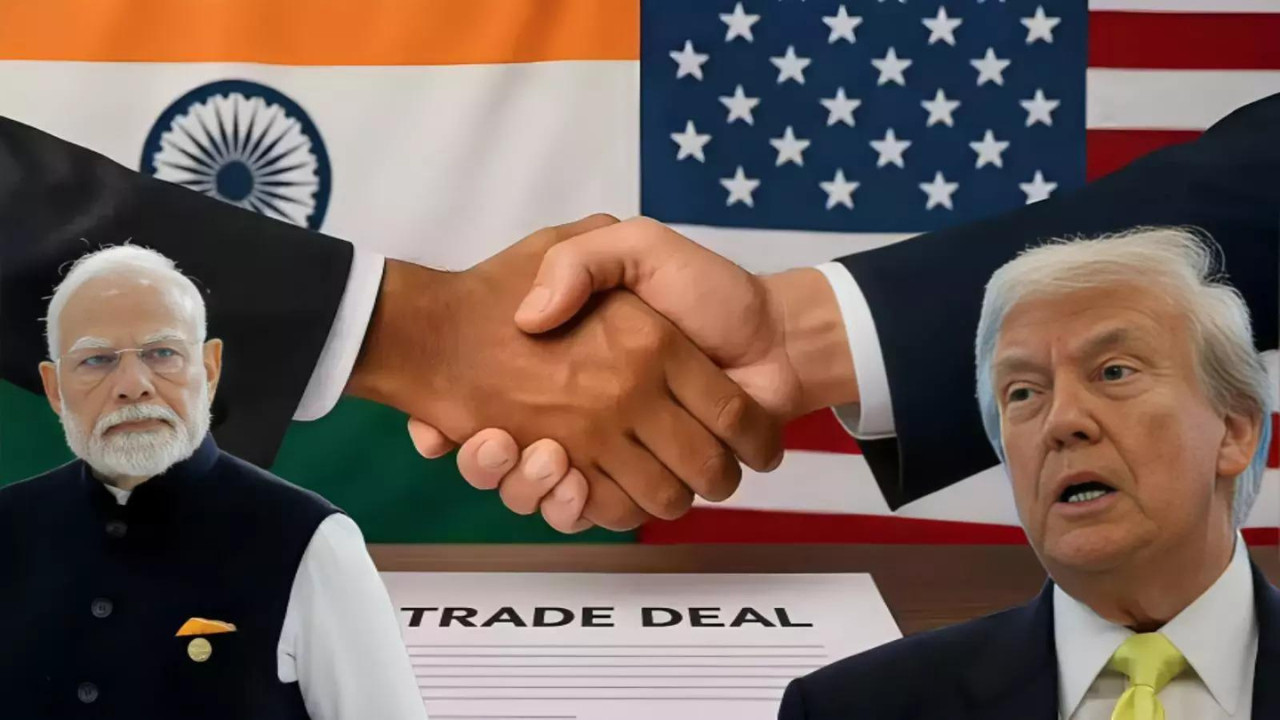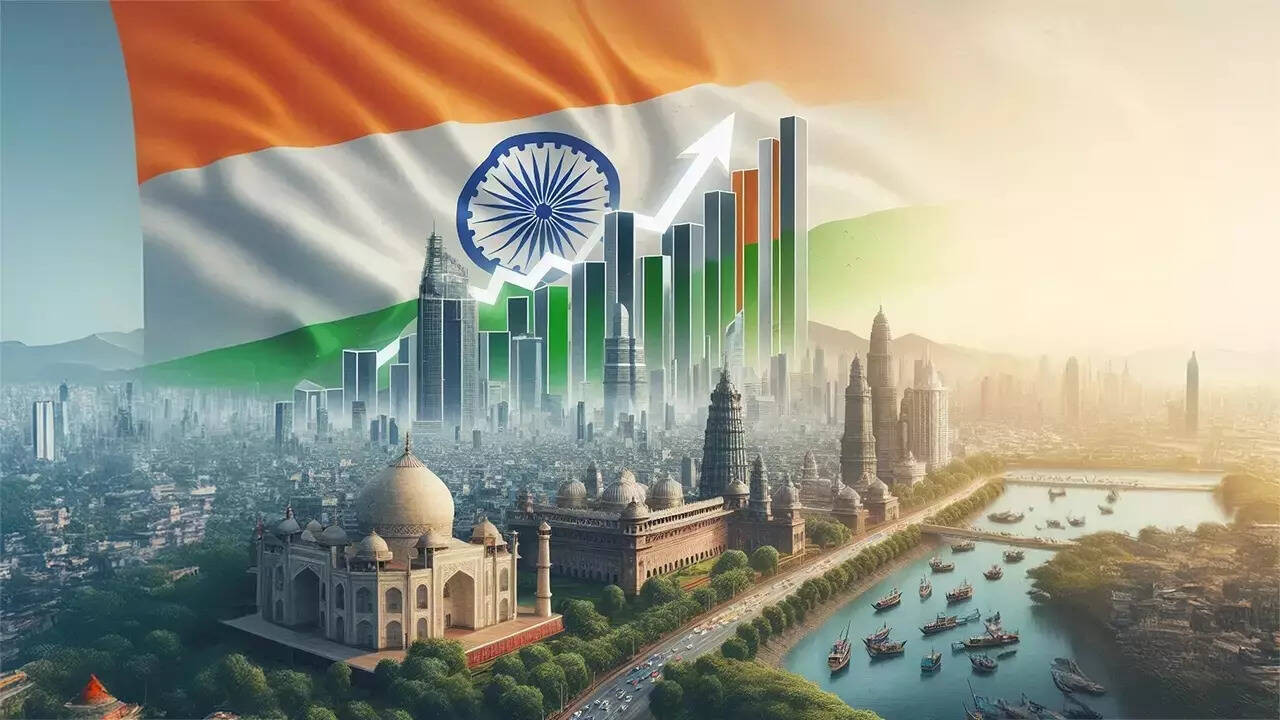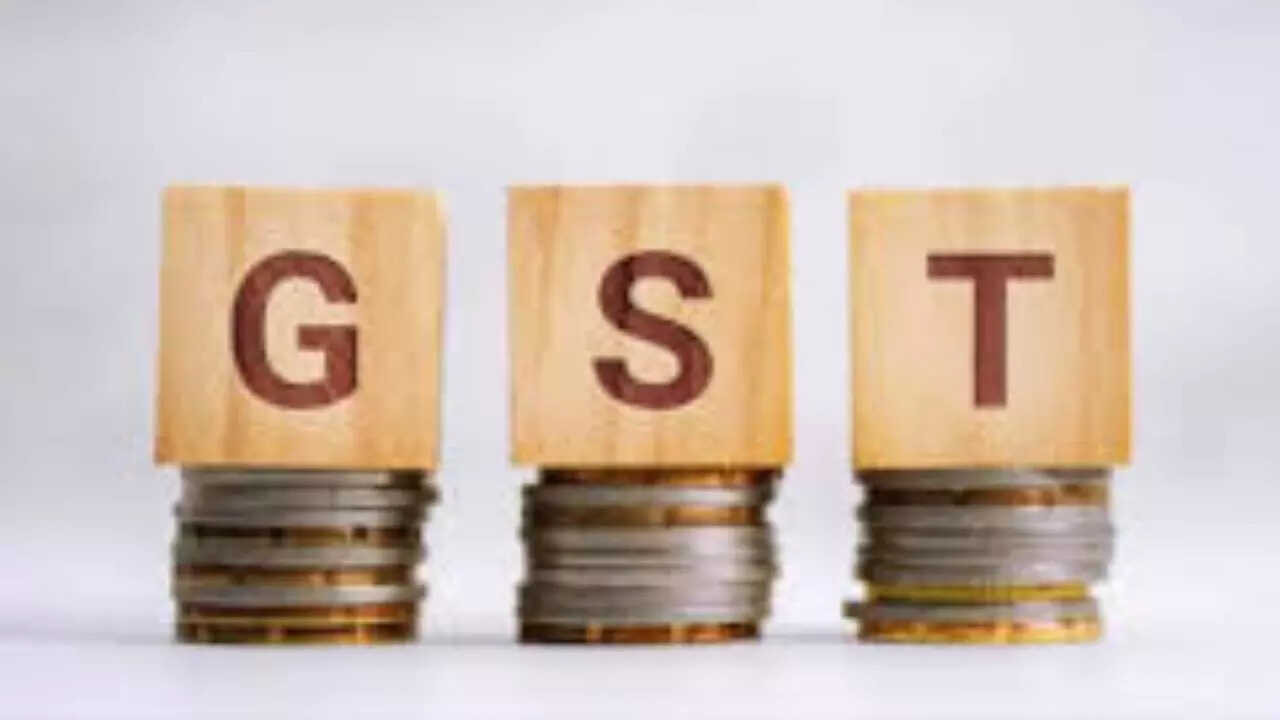India is poised to surpass Japan as the fourth-largest economy, but World Economic Forum’s (WEF) former MD Claude Smadja cautions against complacency, citing the country’s low per capita GDP compared to Japan. He emphasizes the need for reforms to improve living conditions.
India’s Economic Ascent: Beyond the Headlines and Hype
We’re constantly bombarded with news about India’s economic prowess, its burgeoning growth, and its place on the world stage. It’s easy to get swept up in the optimism, the vision of a future where India stands tall as a leading global superpower. But amidst all the fanfare, it’s crucial to pause, take a deep breath, and ask: are we truly seeing the full picture?
Recently, the headlines have been buzzing about India surpassing the UK to become the world’s fifth-largest economy. The sheer scale of this achievement, the symbolic victory of overtaking a former colonial power, is undoubtedly significant. It feeds into a powerful narrative of a resurgent India, finally claiming its rightful place in the global order.
However, as someone who’s spent years analyzing global economies, I’ve learned that size isn’t everything. A country’s GDP, while a significant indicator, is just one piece of the puzzle. To truly gauge a nation’s economic health and future prospects, we need to delve deeper, look beyond the surface-level statistics, and consider the nuances that often get lost in the noise.
That’s where the perspective of someone like Gokul Laroia, former India MD of the World Economic Forum, becomes invaluable. He offers a much-needed dose of reality, reminding us that simply being the fifth-largest economy (or even eventually the fourth, surpassing Japan) shouldn’t be a cause for unbridled celebration.
Why? Because per capita income tells a drastically different story. While India boasts a massive overall GDP, that wealth is distributed across a vast population. When you divide the total GDP by the number of people, India’s per capita income lags far behind many other nations, including those with smaller overall economies.
Think of it like this: imagine two families. One family has five members and earns $50,000 a year. The other family has ten members and earns $80,000. While the second family has a higher overall income, each member of the first family has significantly more money to spend and invest on average.
The same principle applies to countries. A high GDP with a low per capita income suggests that the benefits of economic growth aren’t being evenly distributed. This can lead to significant income inequality, social unrest, and ultimately, slower overall progress.
Laroia rightfully points out that focusing solely on GDP ranking creates a dangerous sense of complacency. It risks masking the deep-seated challenges that still plague the Indian economy, from widespread poverty and unemployment to inadequate infrastructure and healthcare.
Instead of patting ourselves on the back for simply being “bigger,” we need to be laser-focused on sustainable and inclusive growth. This means creating more opportunities for all citizens, not just a select few. It means investing heavily in education and skills development, ensuring that the workforce is equipped to meet the demands of the modern economy. It means building robust infrastructure, from roads and railways to digital networks, to connect people and businesses across the country.
And perhaps most importantly, it means tackling the systemic issues that perpetuate inequality. We need to ensure that marginalized communities have equal access to opportunities, that women are empowered to participate fully in the economy, and that corruption is rooted out at all levels.
Looking ahead, the goal shouldn’t be just to climb higher on the GDP ladder. It should be to create a society where everyone benefits from economic prosperity. A society where children have access to quality education, where families have access to affordable healthcare, and where individuals have the opportunity to pursue their dreams and reach their full potential.
India’s potential is undeniable. Its vibrant democracy, its youthful population, and its entrepreneurial spirit are all powerful assets. But realizing that potential requires more than just raw economic growth. It requires a commitment to social justice, environmental sustainability, and good governance.
So, the next time you see a headline proclaiming India’s economic triumph, remember to look beyond the numbers. Ask yourself: who is truly benefiting from this growth? Is it creating a more equitable and sustainable future for all Indians? And are we addressing the challenges that stand in the way of true progress?
Only then can we truly celebrate India’s economic ascent. Only then can we be confident that we are building a nation that is not only powerful but also prosperous and just.
📬 Stay informed — follow us for more insightful updates!







